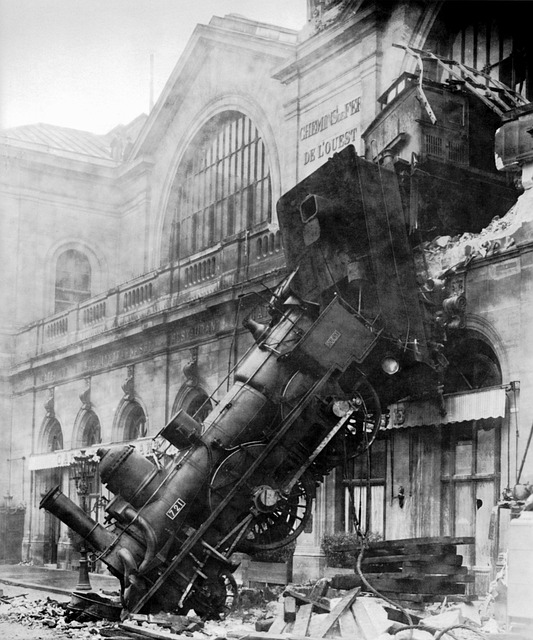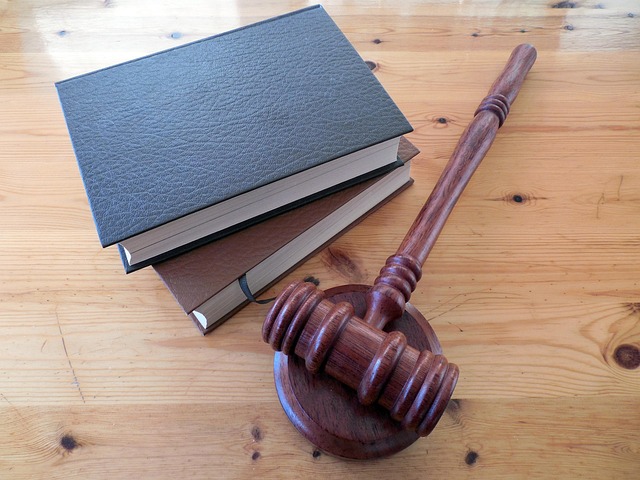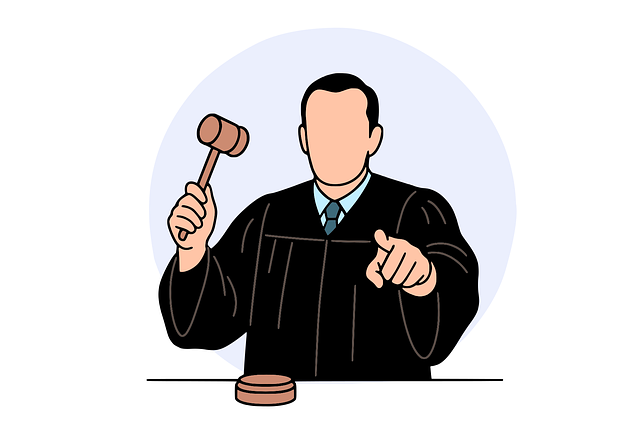To successfully pursue a wrongful death claim, establishing negligence is vital. This involves proving a duty of care from the defendant and showing its breach, like recklessness or statutory violations. In digital age cases, understanding API responses – including 504 Gateway Timeout errors – is key to demonstrating negligence through evidence of systemic issues caused by the defendant's actions or inaction, strengthening the claim with technical logs, witness testimonies, and expert opinions.
“In the heart-wrenching aftermath of a wrongful death, proving negligence is not just about seeking justice—it’s a critical step in securing compensation for bereaved families. This comprehensive guide navigates the complex landscape of wrongful death claims, offering insights into the crucial elements of proof. From establishing duty and breach to demonstrating causation and damages, we’ll explore strategies to build a compelling case. Understand the legal tapestry that surrounds these claims, ensuring every detail matters in pursuit of accountability.”

In a wrongful death claim, proving negligence is a critical step toward achieving justice for the loss of a loved one. The first task is to establish a duty of care that was owed by the defendant to the deceased. This can often be demonstrated through evidence of prior similar incidents or industry standards, showing that a reasonable person in the same situation would have foreseen potential harm and taken precautions.
Next, it’s essential to show a breach of that duty. This involves presenting facts that indicate the defendant failed to act as a reasonably prudent person would under comparable circumstances. This could include evidence of recklessness, negligence per se (violation of a safety statute), or failure to follow established protocols and procedures. Demonstrating both the duty and its breach is a foundational step in building a compelling wrongful death claim.
API responded with status code 504.

In a wrongful death claim, establishing negligence is a meticulous process that requires a thorough understanding of the facts and applicable laws. One critical aspect to consider is the role of API responses, particularly when a 504 status code is involved. This code, indicating a Gateway Timeout, can be pivotal in demonstrating that a defendant’s actions (or inaction) led to a delay or failure in providing essential services, ultimately contributing to the harm or loss suffered by the victim.
By examining API logs and interaction histories, legal professionals can uncover evidence that supports a negligence argument. For instance, repeated 504 errors during critical time periods could suggest systemic issues within the defendant’s systems, indicating a lack of reasonable care. Such technical failures can be instrumental in painting a compelling picture of negligence, especially when combined with other evidence such as witness testimonies and expert opinions.
Proving negligence in a wrongful death claim is a complex process that requires meticulous attention to detail and a comprehensive understanding of the law. By gathering compelling evidence, consulting experts, and presenting a clear chain of causation, survivors can ensure their case has a strong foundation. Remember, in pursuing a wrongful death claim, every step matters, and demonstrating negligence is key to securing justice for the loss of a loved one.






